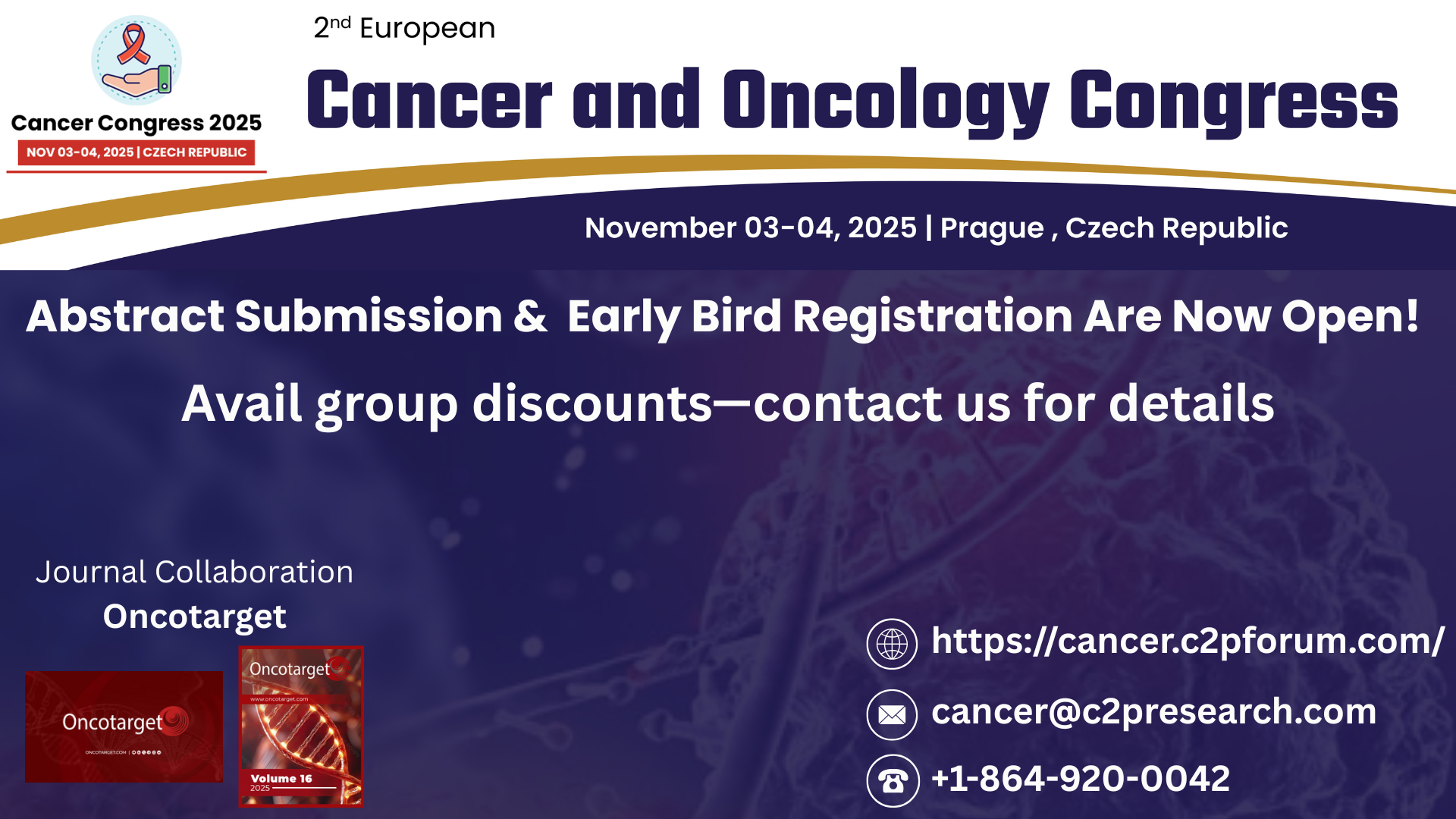Research Papers:
Interplay between YB-1 and IL-6 promotes the metastatic phenotype in breast cancer cells
PDF | HTML | Supplementary Files | How to cite
Metrics: PDF 3035 views | HTML 3945 views | ?
Abstract
Bàrbara Castellana1,2, Trond Aasen1, Gema Moreno-Bueno3, Sandra E. Dunn4, Santiago Ramón y Cajal1
1Molecular Pathology, Vall d’Hebron Research Institute (VHIR), Universidad Autonoma of Barcelona, Barcelona, Spain
2Department of Obstetrics and Gynecology, Child and Family Research Institute, University of British Columbia, Vancouver, BC, Canada
3Instituto de Investigaciones Biomédicas “Alberto Sols” CSIC-UAM, Madrid, Spain
4Phoenix Molecular Diagnostics Ltd., Richmond, BC, Canada
Correspondence to:
Bàrbara Castellana, e-mail: [email protected]
Santiago Ramón y Cajal, e-mail: [email protected]
Keywords: Y-box binding protein 1, interleukin-6, breast cancer, invasion, migration
Received: April 11, 2015 Accepted: October 05, 2015 Published: October 15, 2015
ABSTRACT
Epithelial to mesenchymal transition (EMT) induces cell plasticity and promotes metastasis. The multifunctional oncoprotein Y-box binding protein-1 (YB-1) and the pleiotropic cytokine interleukin 6 (IL-6) have both been implicated in tumor cell metastasis and EMT, but via distinct pathways. Here, we show that direct interplay between YB-1 and IL-6 regulates breast cancer metastasis. Overexpression of YB-1 in breast cancer cell lines induced IL-6 production while stimulation with IL-6 increased YB-1 expression and YB-1 phosphorylation. Either approach was sufficient to induce EMT features, including increased cell migration and invasion. Silencing of YB-1 partially reverted the EMT and blocked the effect of IL-6 while inhibition of IL-6 signaling blocked the phenotype induced by YB-1 overexpression, demonstrating a clear YB-1/IL-6 interdependence. Our findings describe a novel signaling network in which YB-1 regulates IL-6, and vice versa, creating a positive feed-forward loop driving EMT-like metastatic features during breast cancer progression. Identification of signaling partners or pathways underlying this co-dependence may uncover novel therapeutic opportunities.
 All site content, except where otherwise noted, is licensed under a Creative Commons Attribution 4.0 License.
All site content, except where otherwise noted, is licensed under a Creative Commons Attribution 4.0 License.
PII: 5664

